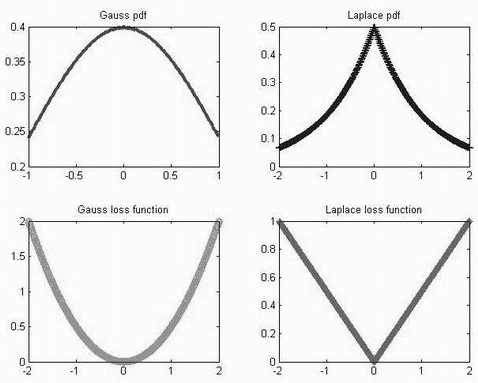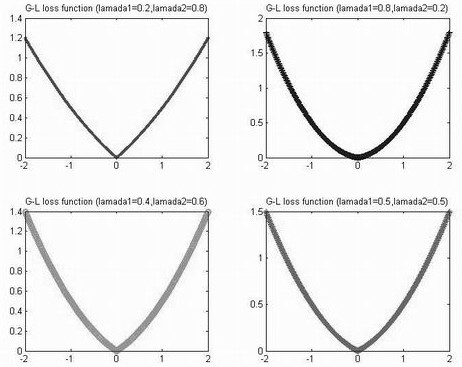A wind speed forecasting method based on g-l mixed noise characteristics v-support vector regression machine
A technology of support vector regression and mixed noise, which is used in prediction, based on specific mathematical models, data processing applications, etc. Effect
- Summary
- Abstract
- Description
- Claims
- Application Information
AI Technical Summary
Problems solved by technology
Method used
Image
Examples
Embodiment Construction
[0061] The technical solutions of the present invention will be further described in detail below in conjunction with the accompanying drawings.
[0062] Embodiment of the wind speed forecasting method based on the G-L mixed noise characteristic v-support vector regression machine of the present invention
[0063] The method includes the following steps:
[0064] 1) Obtain the wind speed data set D affected by noise in a certain area l , using the Bayesian principle, the empirical risk loss function c(ξ) of Gauss-Laplace (abbreviated as G-L) mixed noise characteristics is obtained;
[0065] 2) Using statistical learning theory and convex optimization technology, combined with the loss function based on G-L mixed noise characteristics obtained in step 1), establish the original problem based on G-L mixed noise characteristics v-support vector regression model, use Lagrange multiplier method to derive and Solve the dual problem based on the G-L mixed noise characteristic v-sup...
PUM
 Login to View More
Login to View More Abstract
Description
Claims
Application Information
 Login to View More
Login to View More - R&D
- Intellectual Property
- Life Sciences
- Materials
- Tech Scout
- Unparalleled Data Quality
- Higher Quality Content
- 60% Fewer Hallucinations
Browse by: Latest US Patents, China's latest patents, Technical Efficacy Thesaurus, Application Domain, Technology Topic, Popular Technical Reports.
© 2025 PatSnap. All rights reserved.Legal|Privacy policy|Modern Slavery Act Transparency Statement|Sitemap|About US| Contact US: help@patsnap.com



